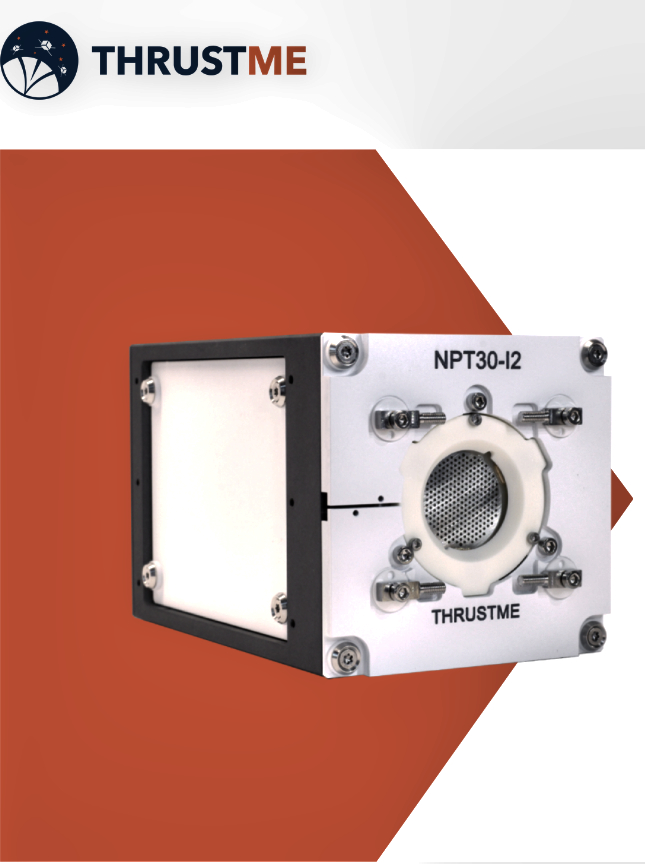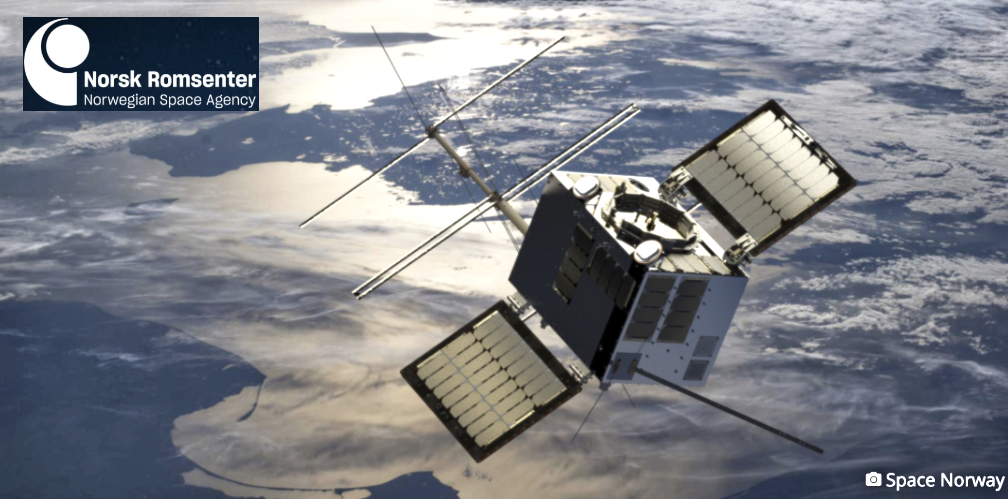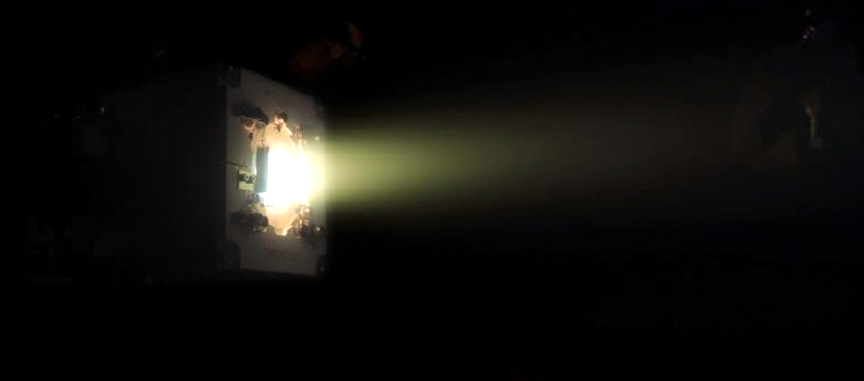
The Norwegian Space Agency’s NorSat-TD satellite was successfully launched onboard a SpaceX Falcon 9 rocket from the Vandenberg Space Force Base in California — the satellite is fitted with a ThrustMe NPT30-I2 iodine fueled electric propulsion system.

Extending the satellites’ lifetime through collision avoidance and end-of-mission deorbiting soon will not be an option but the only solution to keep space activities. The tens of thousands of satellites to be launched in the next decade heighten global concerns about the need to manage both the growth of satellites and the potential for damaging debris from poorly managed space systems. The economic and environmental sustainability of the space industry will increasingly rely on efficient and effective propulsion solutions.
That the Norwegian Space Agency technology demonstrator mission NorSat-TD was successfully launched with the iodine electric propulsion system NPT30-I2 is evidence of the growing trend toward onboarding such systems on contemporary satellites. Committed to the safe and sustainable use of space, ThrustMe propulsion technology included on the NorSat-TD mission was selected for its technical merits and relevance to the mission parameters.

Designed for the next generation of streamlined satellites, the NPT30 is an intelligent, turnkey, electric propulsion system that uses solid iodine propellant. It provides the high total impulse required by these satellites for deployment, significant orbit changes, collision avoidance maneuvers, and end-of-life removal to minimize space debris and free up critical operational orbits.
With one more system on-orbit, ThrustMe enhances the Norwegian capacity to navigate and operate the NorSat-TD satellite in LEO. Highlighted goals of this mission include enhancing the space agency’s experience with propulsive satellite operations and improving its space safety capacity by supporting the development of space situational awareness and traffic management systems for Norway’s upcoming future missions.
Funding for the system on this mission was underwritten by the French space agency CNES as an institutional partner to the mission. Industrialization of ThrustMe’s NPT30-I2 product portfolio is supported by the European Commission via the EU-funded EMBRACE II project.
ThrustMe is the go-to provider of high-performing on-orbit space propulsion and space hardware testing solutions for customers across the globe. It offers a portfolio of disruptive, deeply integrated and smart in-orbit space propulsion solutions designed for the emerging industrialized constellation space era. The company was the world’s first to demonstrate an iodine-fueled electric propulsion system in space and in so doing achieved a goal the space industry had pursued for over 60 years. Today, ThrustMe is delivering propulsion systems to major satellite constellations backed with support from ground testing to in-orbit maneuvering strategies.
